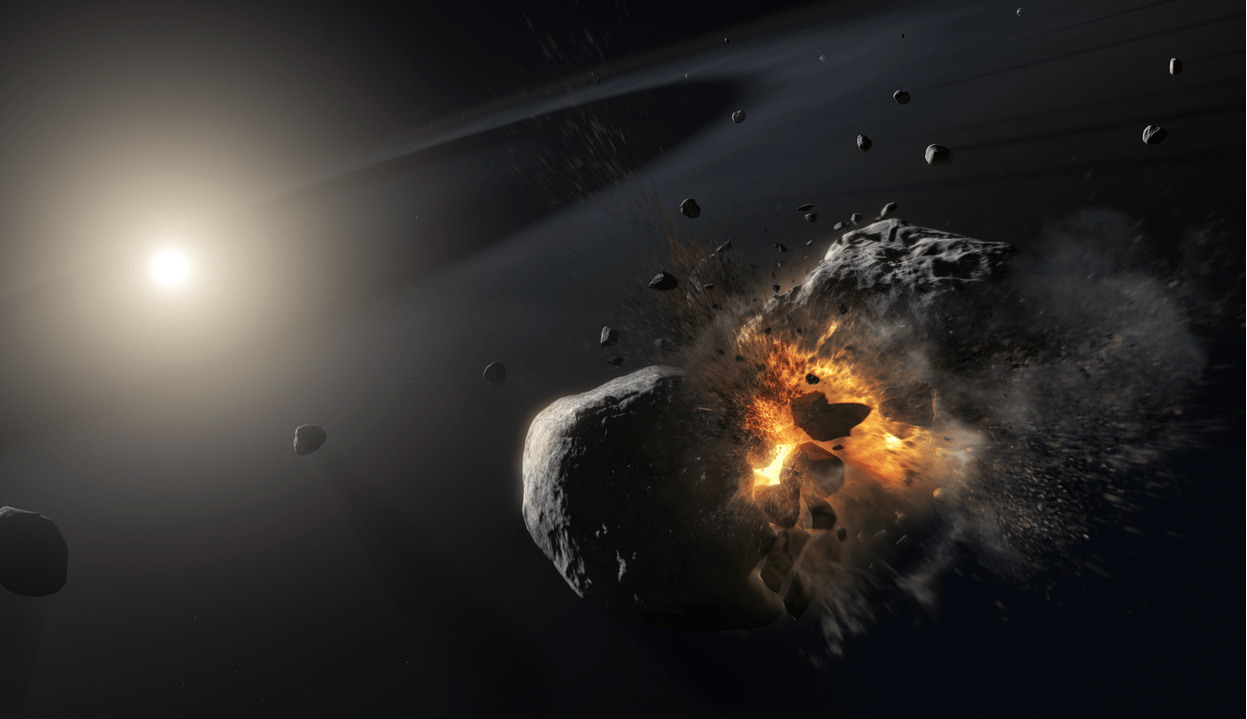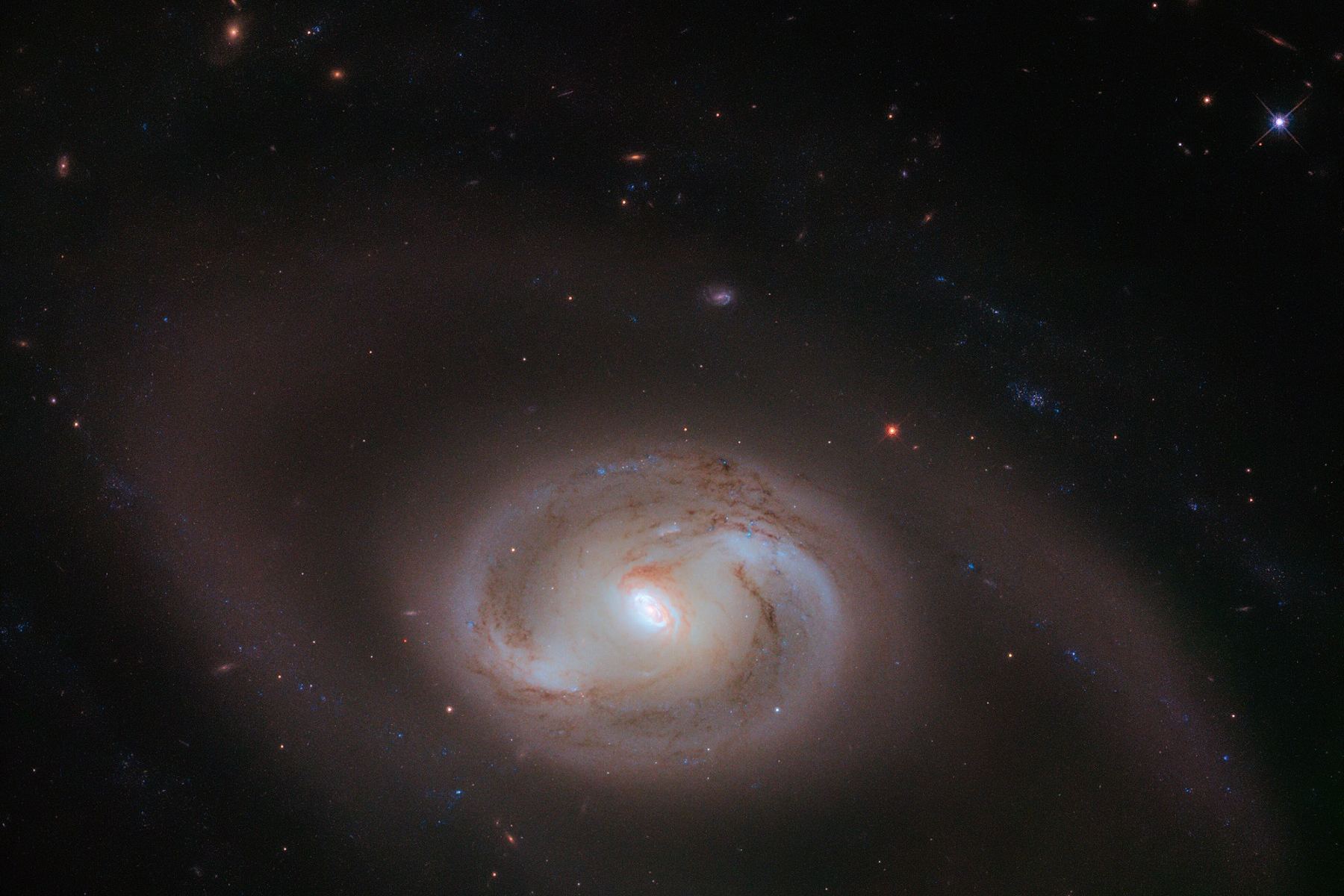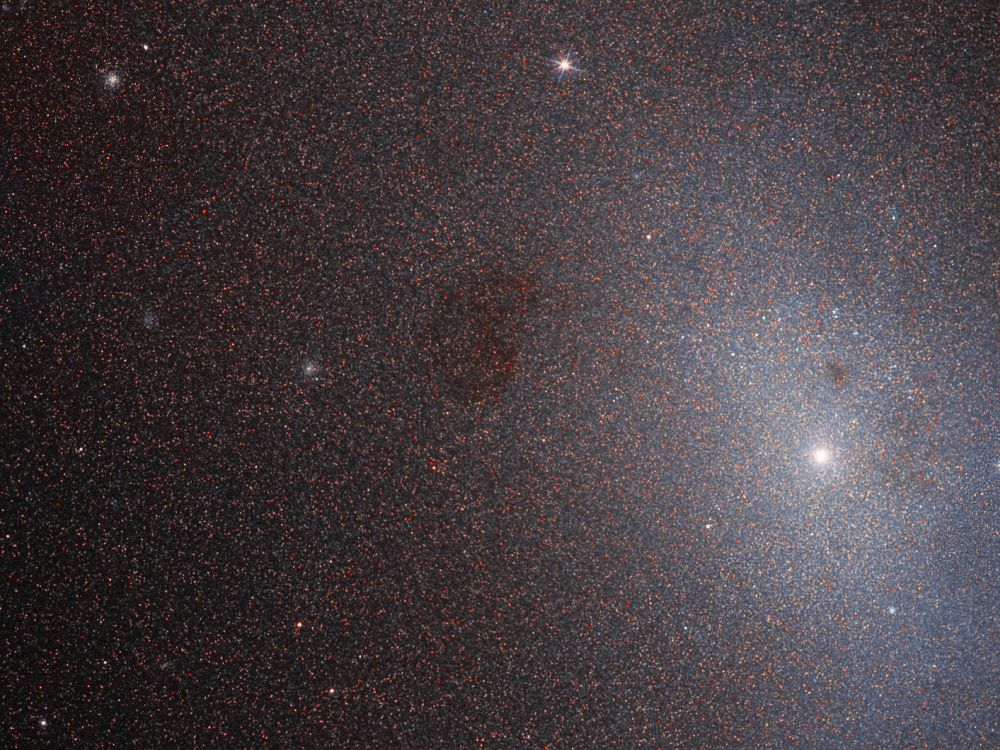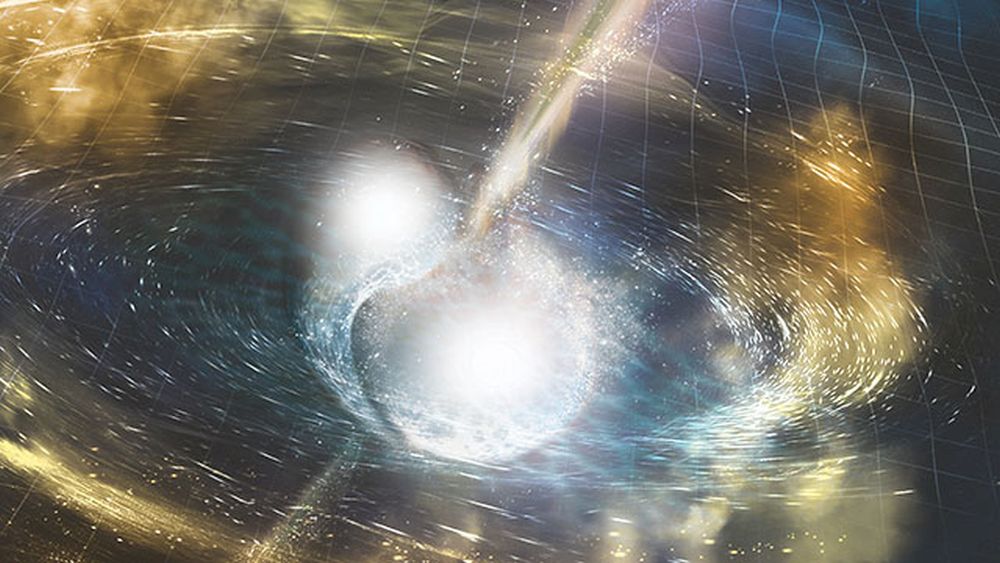Planets don’t simply disappear. And yet, that appears to be what happened to Fomalhaut b (aka. Dagon), an exoplanet candidate located 25 light-years from Earth. Observed for the first time by the Hubble Space Telescope in 2004, then confirmed by follow-up observations in 2008 and 2012, this exoplanet candidate was the first to be detected in visible wavelengths (i.e. the Direct Imaging Method.)
Over time, this candidate got fainter and wider until it disappeared from sight altogether. This led to all kinds of speculation, which included the possibility of a collision that reduced the planet to debris. Recently, a team of astronomers from the University of Arizona has suggested another possibility – Fomalhaut b was never a planet at all, but an expanding cloud of dust from two planetesimals that smashed together.
Continue reading “Fomalhaut’s Planet Has Gone Missing, But it Might Have Been Something Even More Interesting”







